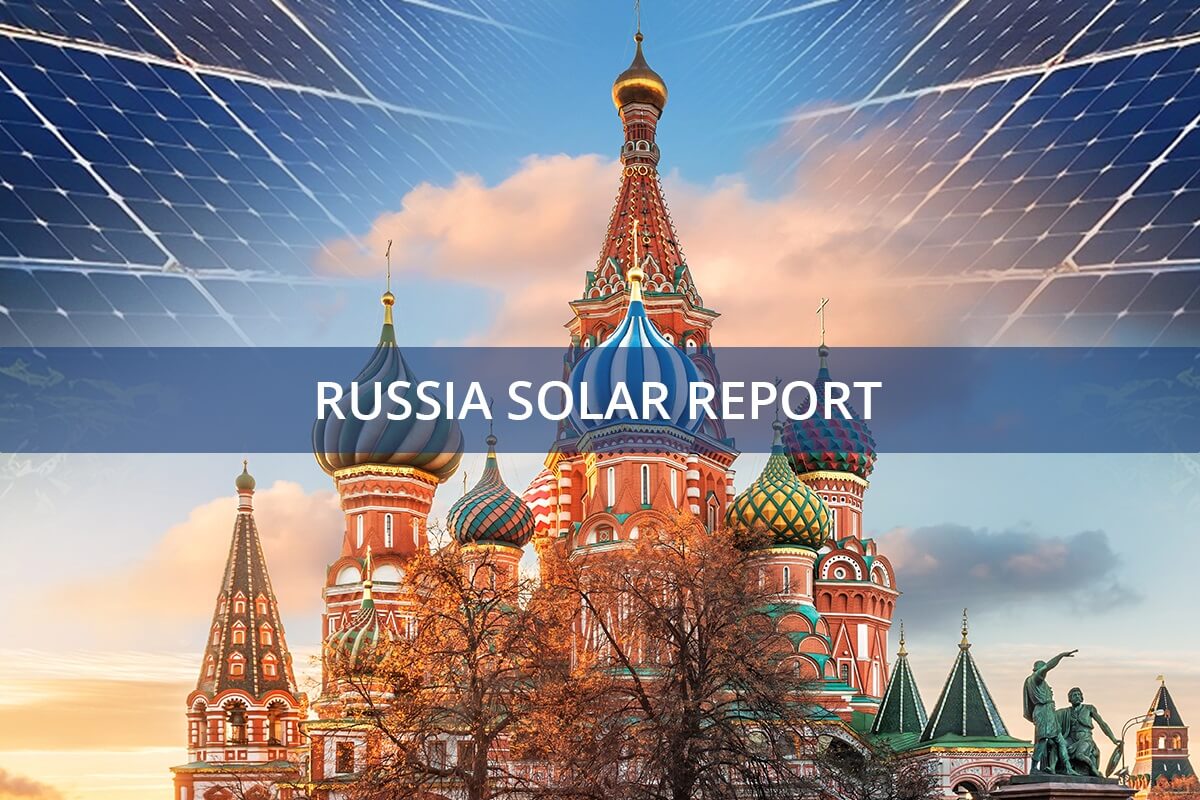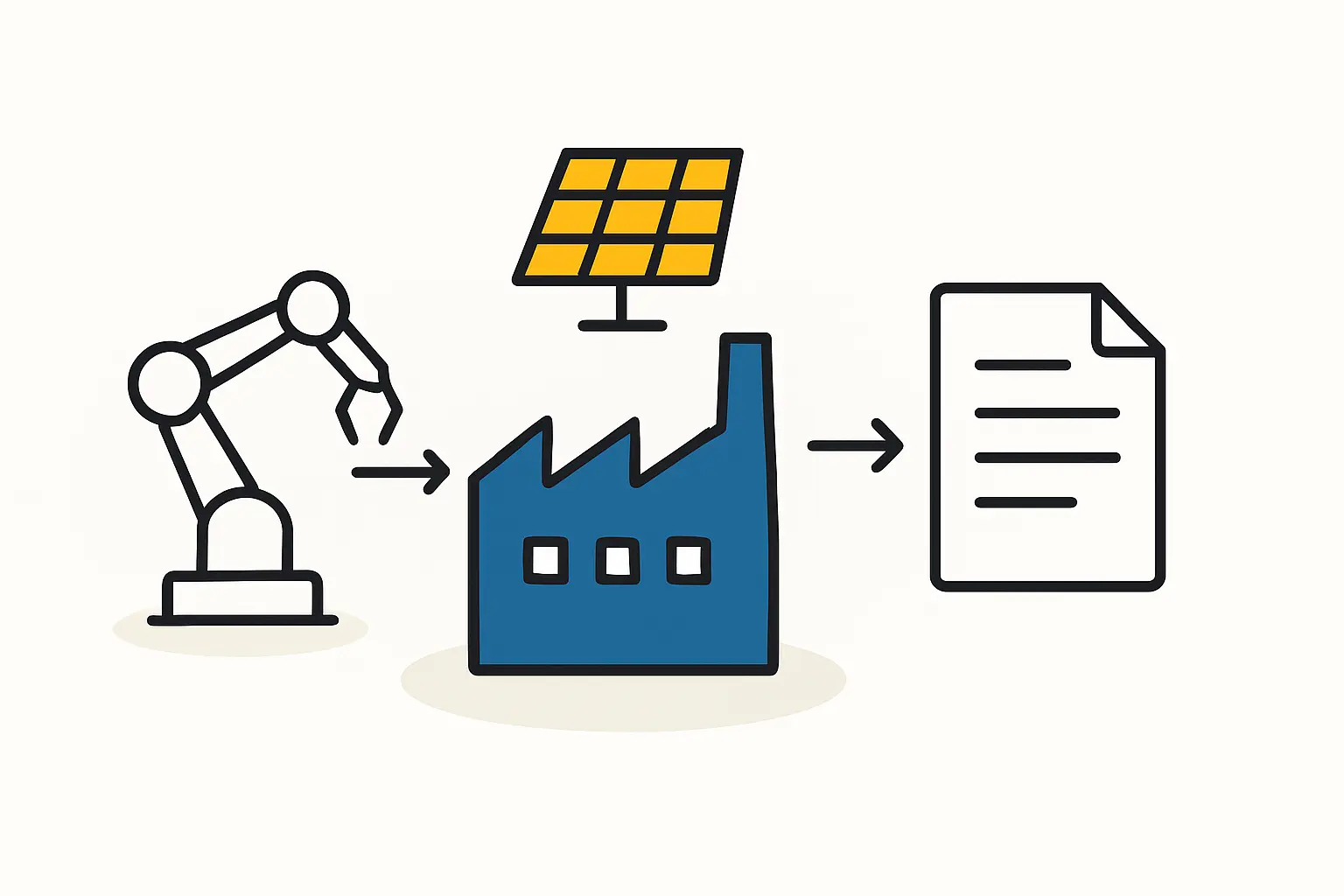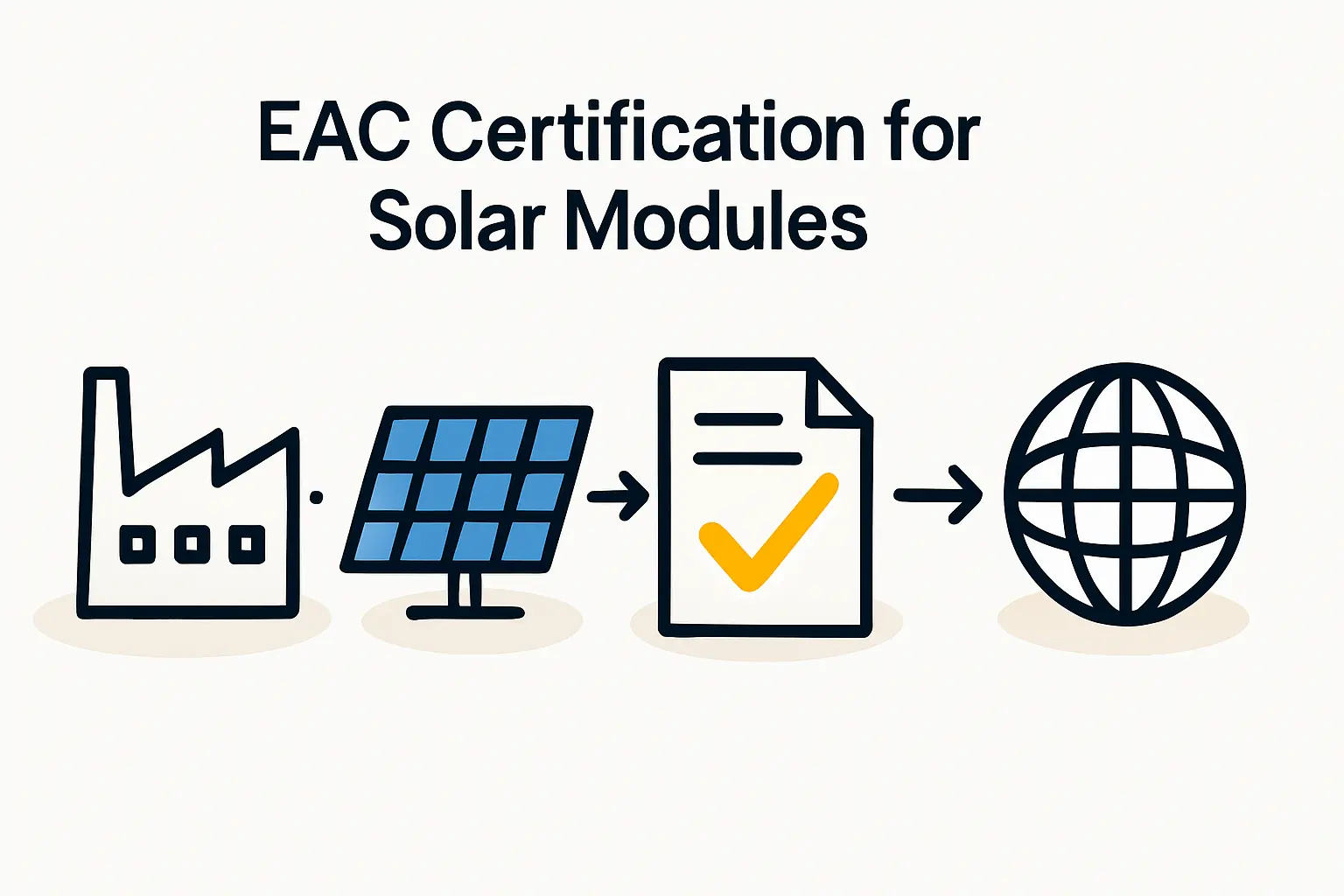Solar Energy in Russia: Developments and Ongoing Obstacles
Russia’s solar energy sector made a significant leap in 2023, installing 1.1 GW of new capacity and generating 3.9 TWh of power. However, this growth is met with considerable hurdles, including regulatory challenges, high costs, and limited government support for private installations. Current incentives largely favor large-scale industrial projects, which comprise 90% of the country’s solar capacity.
Despite these obstacles, the sector is expanding steadily, driven by industrial demand and growing interest from both households and businesses. The Russia Solar Panel Manufacturing Report offers a deeper understanding of the market dynamics and key projects shaping the country’s solar future.
The country’s capacity-based payment system for renewable projects remains a cornerstone of its solar strategy, having previously supported the Russian Solar Energy Association’s projection of reaching 1,500 MW of capacity by 2020. For a thorough archive of historical developments and industry news, the Russia Solar News Archives covers this evolving landscape.
As global demand for renewables intensifies, Russia’s solar sector is positioned to play an increasingly important role. Tapping into this full potential, however, will require overcoming existing regulatory and financial barriers to foster an energy portfolio that serves both industrial and residential needs.
Ready to make big Profits?
The solar Industry is Booming
WE HELP NEWCOMERS to the solar industry start their own solar module production line. Customers can make BIG PROFITS by selling modules and finding investors, without wasting money and time on things they don't need!



